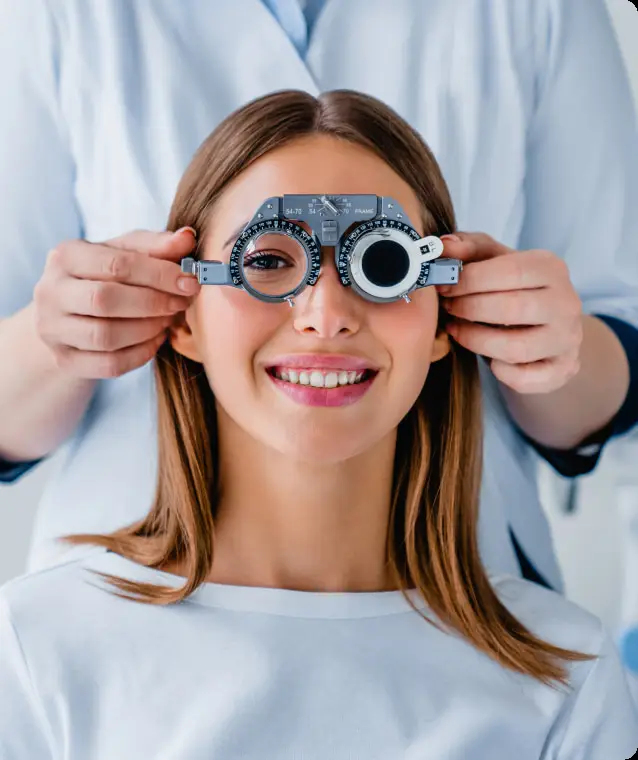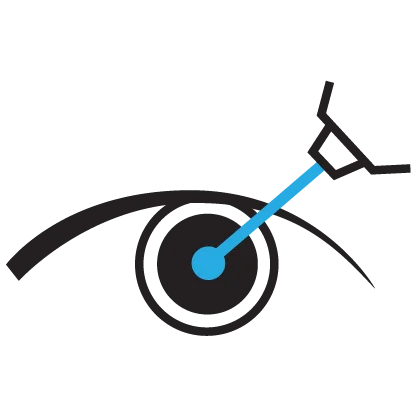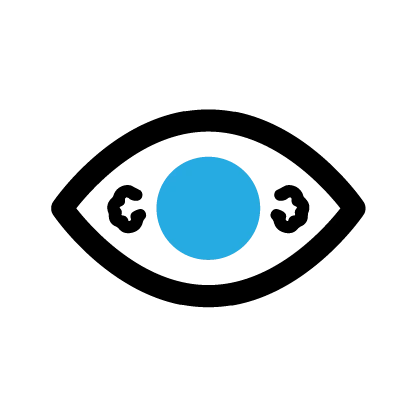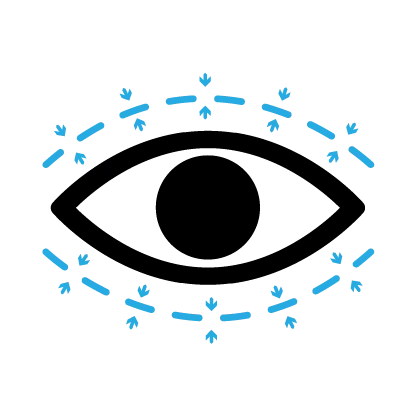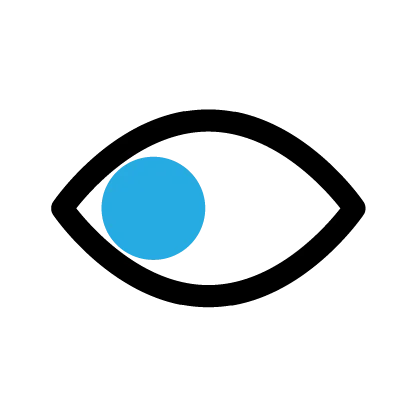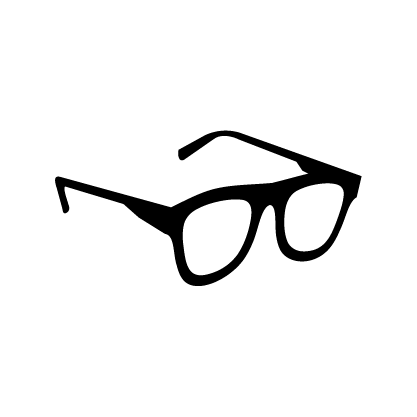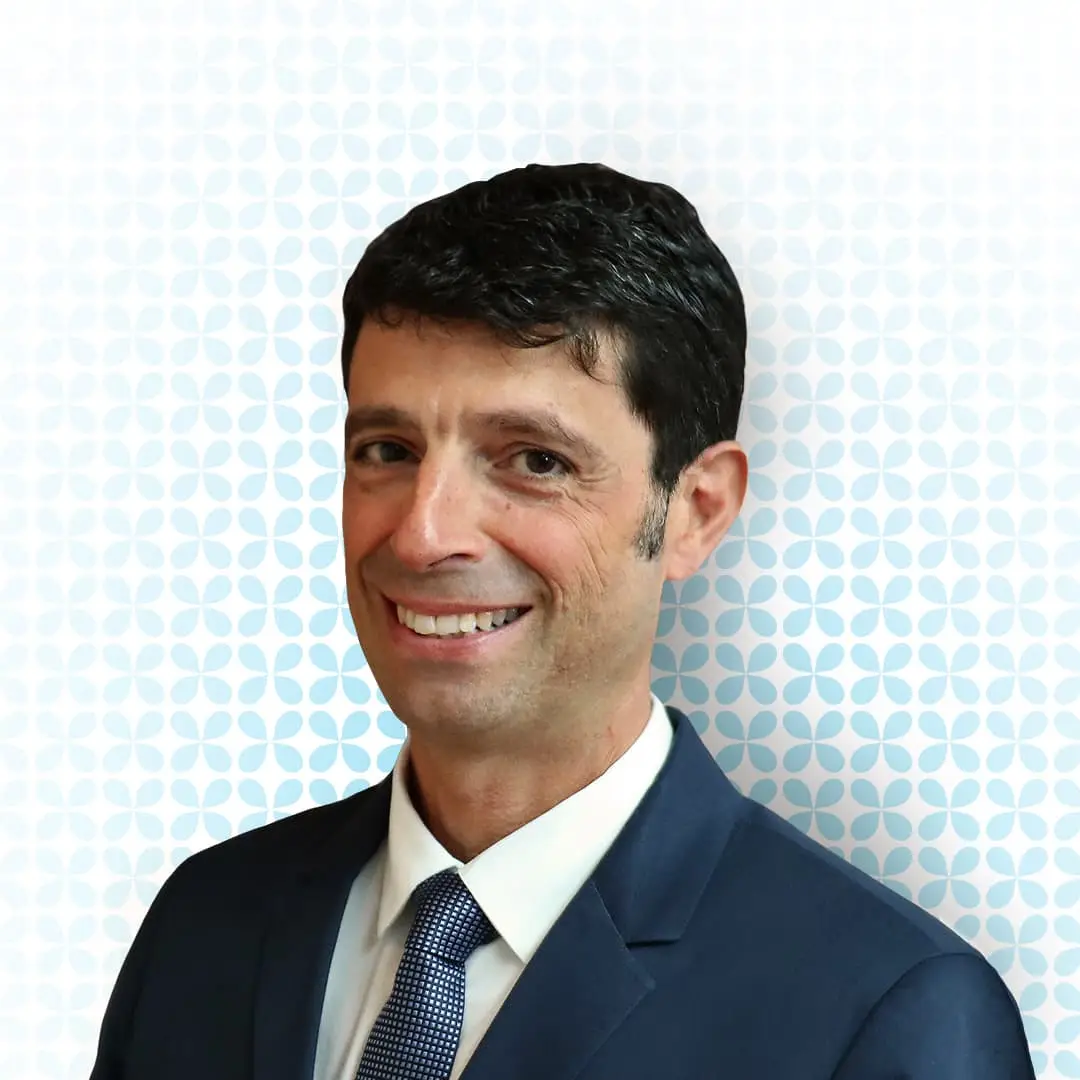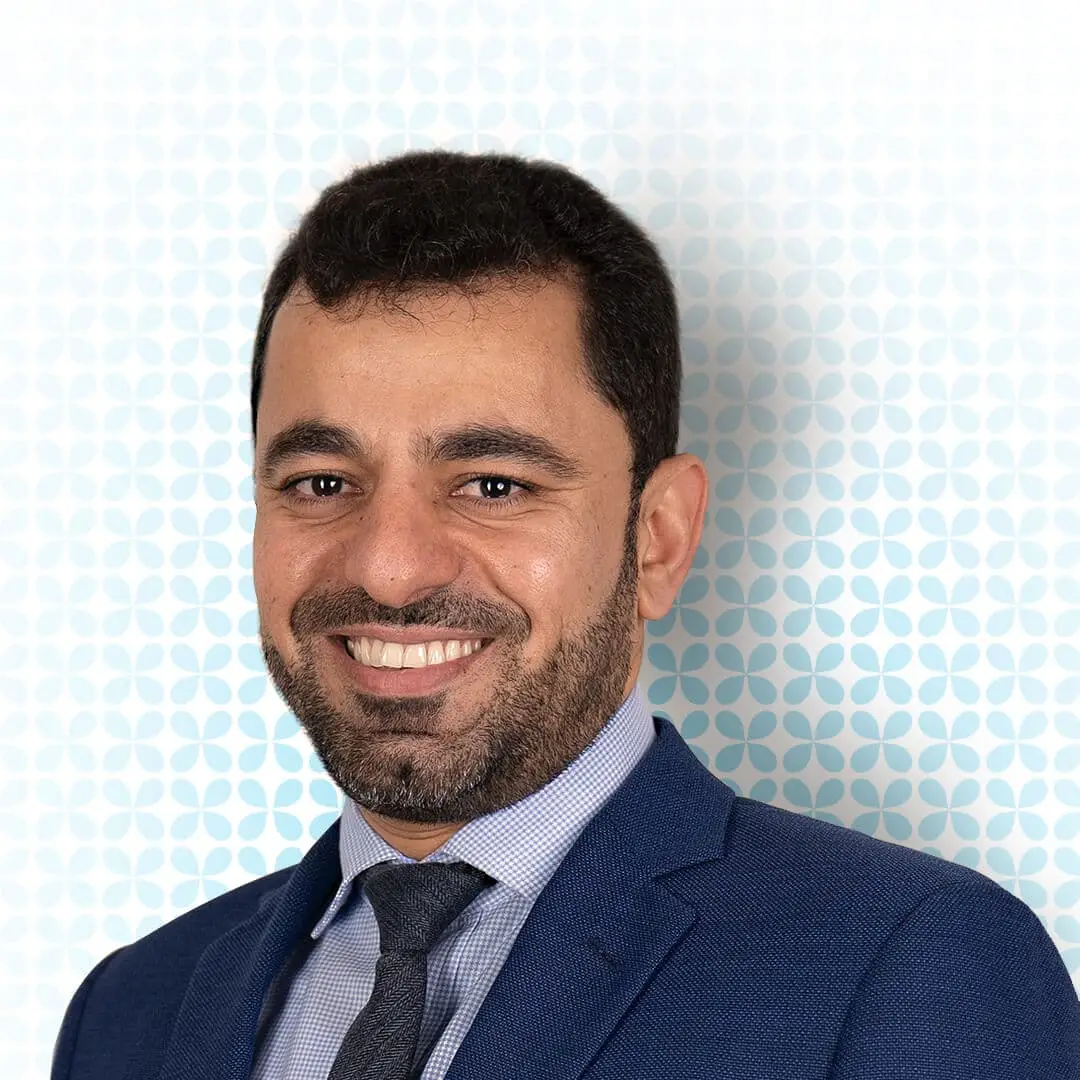About Laser & Refractive Surgery
Your eye functions similarly to a high-quality camera. The cornea is the transparent surface at the front of the eye, and the lens works together to direct light onto the retina, which is located at the back of the eye, resembling a camera’s film.
However, specific conditions can affect the accurate focusing of light, and these are known as refractive errors. For individuals experiencing these conditions, laser or vision correction surgery can effectively treat these conditions and improve one’s eyesight.

These refractive errors include:
- Nearsightedness (Myopia): This is a common condition where the eye sees close objects clearly, but distant things are blurry. It occurs when the eye grows too long, or the cornea is too curved, causing light to focus before it reaches the retina. Laser eye surgery, such as LASIK, is commonly used to treat myopia.
- Farsightedness (Hyperopia): This condition is the opposite of nearsightedness, where distant objects can be seen clearly, but close objects appear blurry. It happens when the eye is too short, or the cornea is less curved, causing light to focus behind the retina. Laser vision correction surgery can correct hyperopia.
- Astigmatism: This refractive error occurs when the cornea or lens is not perfectly round, causing light to focus on more than one spot on the retina. The result is a blurry or distorted vision at all distances. It can often occur along with nearsightedness or farsightedness. Treatment options include corrective lenses or laser vision correction surgeries like LASIK.
At Moorfields Eye Hospitals, our refractive (LASIK) specialists in Dubai and Abu Dhabi have extensive sub-speciality training in diagnosing and treating all refractive errors using the latest diagnostic tools and advanced techniques, to reduce dependency on eyewear and enhance the quality of life.
Comprehensive assessments
We offer a comprehensive range of eye care assessments, diagnostics, surgical and non-surgical treatment services. Assessment services: (evaluation examinations may differ depending on outcome of consultation) (expandable links below)
- General Health Assessment
- Optometry assessment
- Pentacam
- Consultation with Cornea and Laser Refractive Consultant
- General Health Assessment
- Optometry assessment
- Pentacam
- Cell count
- Consultation with Retina Consultant
Conditions & Treatment
Laser Eye Surgery
What is Laser Eye Surgery?
Laser Eye Surgery, also known as refractive surgery, is a transformative procedure designed to correct common vision problems, known as refractive errors, to reduce or eliminate the need for glasses and contact lenses. This surgery utilises a specialised laser to precisely reshape the cornea—the clear, front surface of the eye—enhancing vision and focus.How does Laser Eye Surgery work?
Your eye functions like a finely tuned camera, where the cornea and lens work together to focus light accurately on the retina. When this light is improperly focused due to structural irregularities of the eye, laser vision correction adjusts the cornea's curvature to correct these imperfections.Who is a candidate for Laser Eye Surgery?
Laser eye surgery is typically suitable for adults aged 18 and over with stable vision prescriptions for at least a year. Patients should have healthy eyes free from conditions like severe dry eye, keratoconus, or uncontrolled diabetes. A comprehensive evaluation with an ophthalmologist will determine if laser eye surgery is best for you. Alternative Vision Correction Options Alternative options, such as implantable contact lenses (ICLs) or intraocular lenses, may be considered for individuals who are not suitable candidates for laser eye surgery. These procedures offer effective vision correction without altering the cornea.Laser Eye Surgery
What is Laser Eye Surgery?
Laser Eye Surgery, also known as refractive surgery, is a transformative procedure designed to correct common vision problems, known as refractive errors, to reduce or eliminate the need for glasses and contact lenses. This surgery utilises a specialised laser to precisely reshape the cornea—the clear, front surface of the eye—enhancing vision and focus.How does Laser Eye Surgery work?
Your eye functions like a finely tuned camera, where the cornea and lens work together to focus light accurately on the retina. When this light is improperly focused due to structural irregularities of the eye, laser vision correction adjusts the cornea's curvature to correct these imperfections.Who is a candidate for Laser Eye Surgery?
Laser eye surgery is typically suitable for adults aged 18 and over with stable vision prescriptions for at least a year. Patients should have healthy eyes free from conditions like severe dry eye, keratoconus, or uncontrolled diabetes. A comprehensive evaluation with an ophthalmologist will determine if laser eye surgery is best for you. Alternative Vision Correction Options Alternative options, such as implantable contact lenses (ICLs) or intraocular lenses, may be considered for individuals who are not suitable candidates for laser eye surgery. These procedures offer effective vision correction without altering the cornea.Phakic Implants (Implantable Contact Lenses)
What are Implantable Contact Lenses?
Implantable contact lenses, also known as Phakic Intraocular Lenses (IOLs), are lenses that are surgically placed inside the eye to correct refractive errors such as short-sightedness (myopia), long-sightedness (hypermetropia), and astigmatism. Unlike traditional contact lenses that sit on the surface of the eye, phakic implants are positioned inside the eye, in front of the natural lens. This type of vision correction can be an effective and reassuring option for individuals who may not be suitable candidates for laser eye surgery, such as LASIK or PRK. At Moorfields Eye Hospital Dubai or Abu Dhabi, our highly trained refractive surgery specialists will perform a comprehensive eye assessment to determine whether implantable contact lenses are the right option for you. We will take into account your prescription, eye structure, and lifestyle preferences to offer a safe and effective vision correction solution tailored to your needs.Phakic Implants (Implantable Contact Lenses)
What are Implantable Contact Lenses?
Implantable contact lenses, also known as Phakic Intraocular Lenses (IOLs), are lenses that are surgically placed inside the eye to correct refractive errors such as short-sightedness (myopia), long-sightedness (hypermetropia), and astigmatism. Unlike traditional contact lenses that sit on the surface of the eye, phakic implants are positioned inside the eye, in front of the natural lens. This type of vision correction can be an effective and reassuring option for individuals who may not be suitable candidates for laser eye surgery, such as LASIK or PRK. At Moorfields Eye Hospital Dubai or Abu Dhabi, our highly trained refractive surgery specialists will perform a comprehensive eye assessment to determine whether implantable contact lenses are the right option for you. We will take into account your prescription, eye structure, and lifestyle preferences to offer a safe and effective vision correction solution tailored to your needs.Refractive Lens Exchange (RLE)
What is Refractive Lens Exchange (RLE)?
Refractive Lens Exchange (RLE), also known as lens replacement surgery, is a vision correction procedure where the eye’s natural lens is replaced with an artificial intraocular lens (IOL). It is especially effective for individuals with severe refractive errors or age-related vision changes, such as presbyopia, and may be recommended when laser eye surgery is not a suitable option. By replacing the natural lens, RLE can improve both near and distance vision, often reducing or removing the need for glasses or contact lenses. At Moorfields Eye Hospital Dubai or Abu Dhabi, our experienced specialists will carry out a comprehensive eye examination to determine your eligibility. We will assess your vision needs, eye health, and lifestyle goals to recommend the most appropriate treatment option for you.Refractive Lens Exchange (RLE)
What is Refractive Lens Exchange (RLE)?
Refractive Lens Exchange (RLE), also known as lens replacement surgery, is a vision correction procedure where the eye’s natural lens is replaced with an artificial intraocular lens (IOL). It is especially effective for individuals with severe refractive errors or age-related vision changes, such as presbyopia, and may be recommended when laser eye surgery is not a suitable option. By replacing the natural lens, RLE can improve both near and distance vision, often reducing or removing the need for glasses or contact lenses. At Moorfields Eye Hospital Dubai or Abu Dhabi, our experienced specialists will carry out a comprehensive eye examination to determine your eligibility. We will assess your vision needs, eye health, and lifestyle goals to recommend the most appropriate treatment option for you.Request an Appointment
